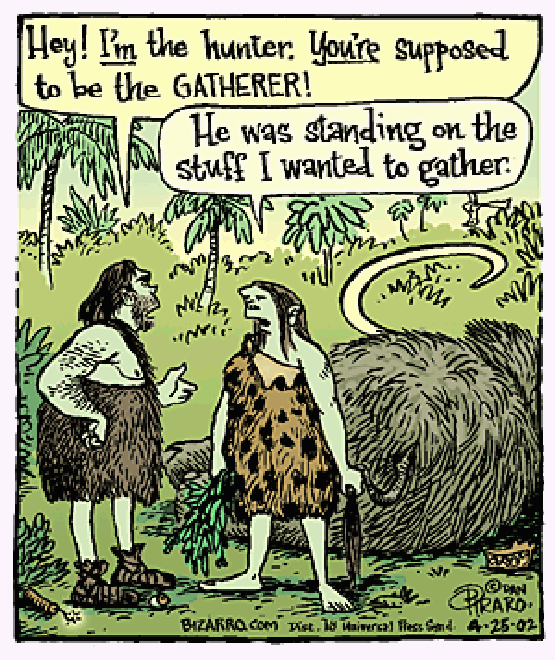A few days ago the Belgian Institute For the Equality of Woman and Man (IGVM) published its second report on gender statistics. The report is an instrument that lists numerous indicators of inequality between genders. The first gender statistics report was published in 2006. Since that time a lot of progress has been made in my little country. Especially at the indicators of education and academic careers the emancipation is really visible. A lot of problems still remain though. The hardest conclusion to digest - also the one the press covered most intensely - is that for every houseman there still are 32 housewives. Classic gender roles are indeed more firmly embedded in our open societies than you might imagine. The group of men who are participating in the household is growing, albeit at a slow rate. In the end the combination of a working job with tasks around the household still falls mainly on women. Housemen are a marginal group both within the population of men and the population of house cats. This is a trend that persists even in younger generations.
In Belgium we have a great system of time credit formulas: social security arrangements that allow working people to do less hours or even take a few months off to raise the children, care for an ill family member, etc. It is a sad reflection though that mainly women make use of these formulas. I understand that an instinct for caring might be more characteristic of woman, but not to such statistic extremes. There is no denying that a cultural pattern is at work here. And this is a real pity since the IGVM explicitly states in its report that "a more equal distribution of (caring) tasks within the household is a necessary condition for greater equality in other domains" (IGVM, 2012a).
 To conclude I wish to point out that the inequality evident from the numbers has two main reasons. One is the ongoing enforcement of gender stereotypes onto children. Examples are all too evident: girls between 12 and 18 engage significantly more in household activities than boys of the same age, sports are still considered a boy's thing while we buy girls a doll for their birthday, etc. The IGVM report confirms the role of such practices which are to me no less than indoctrinating, limiting the free choice of children. I dare to say indoctrinating because how else would you call the natural representation of a constructed social order? The second problem links up to this in a direct fashion: most people see no problem. Most Belgian citizens do not recognize gender roles as a severe limitation to either freedom or emancipation. Gender roles may not be as rigid as they once where, the danger lies exactly in their subtlety. What remains slumbering under the surface is hard to contest, but it can spread its poison nonetheless.
To conclude I wish to point out that the inequality evident from the numbers has two main reasons. One is the ongoing enforcement of gender stereotypes onto children. Examples are all too evident: girls between 12 and 18 engage significantly more in household activities than boys of the same age, sports are still considered a boy's thing while we buy girls a doll for their birthday, etc. The IGVM report confirms the role of such practices which are to me no less than indoctrinating, limiting the free choice of children. I dare to say indoctrinating because how else would you call the natural representation of a constructed social order? The second problem links up to this in a direct fashion: most people see no problem. Most Belgian citizens do not recognize gender roles as a severe limitation to either freedom or emancipation. Gender roles may not be as rigid as they once where, the danger lies exactly in their subtlety. What remains slumbering under the surface is hard to contest, but it can spread its poison nonetheless.
Sources:
IGVM (2012a). Press release 'Females and males in Belgium: Equal in 2012?' (Dutch). Consulted on February 22, 2012 (http://igvm-iefh.belgium.be/nl/binaries/Persbericht%2021feb2012_tcm336-163732.pdf).
IGVM (2012b). Females and males in Belgium. Gender statistics and indicators (Dutch). Consulted on February 22, 2012 (http://igvm-iefh.belgium.be/nl/binaries/GenderStat_N_Hfdst1-8_tcm336-161101.pdf).






